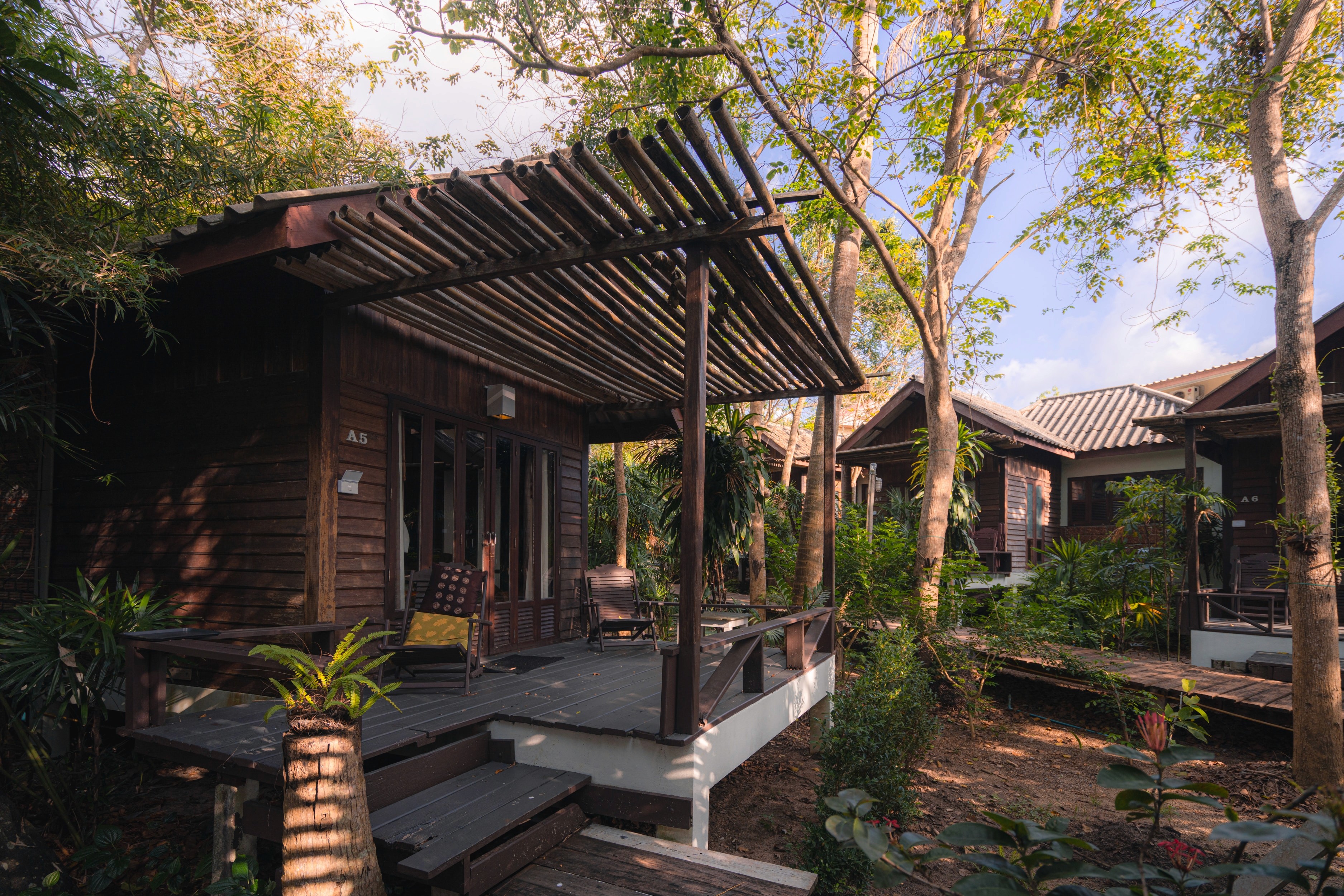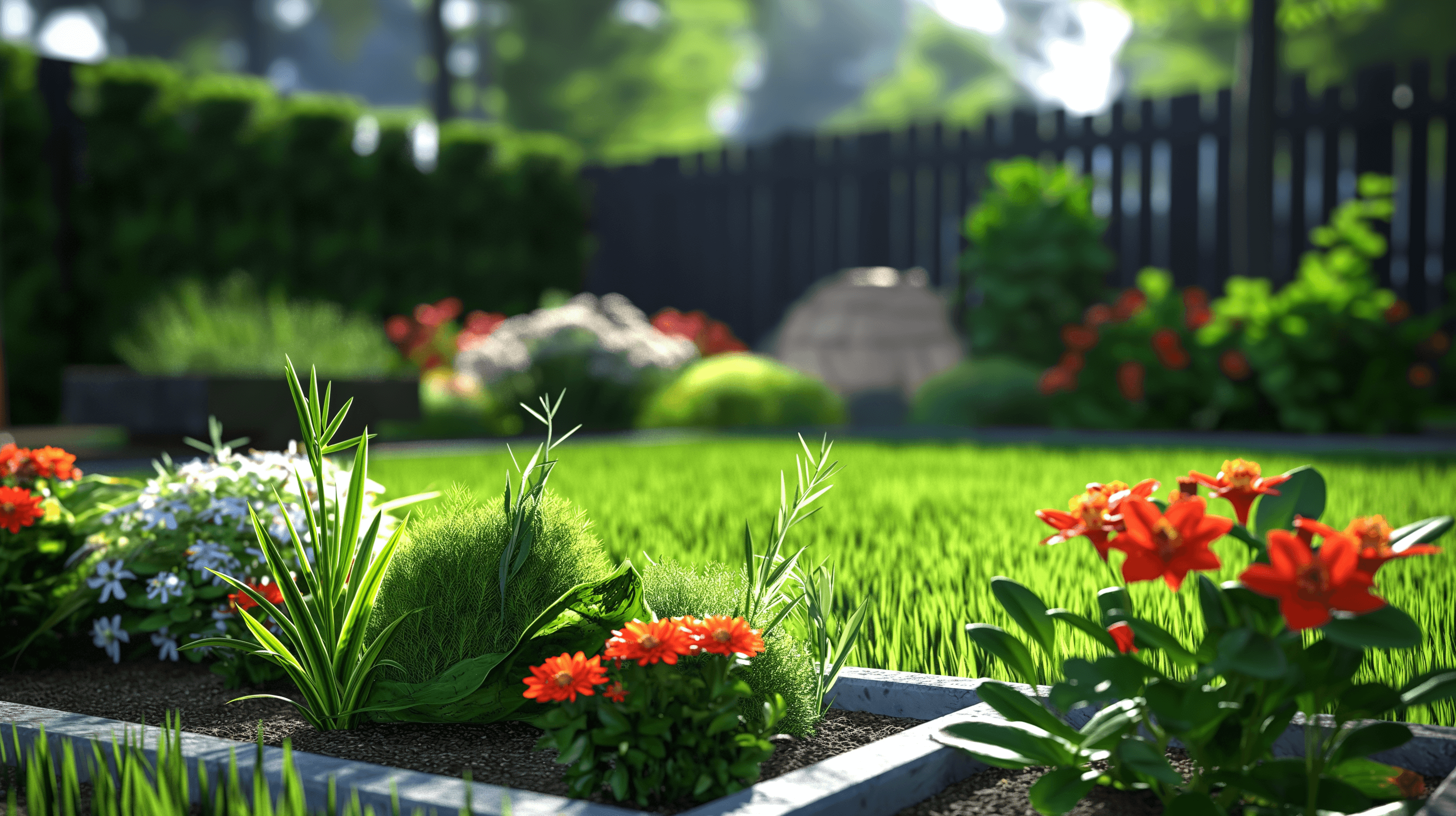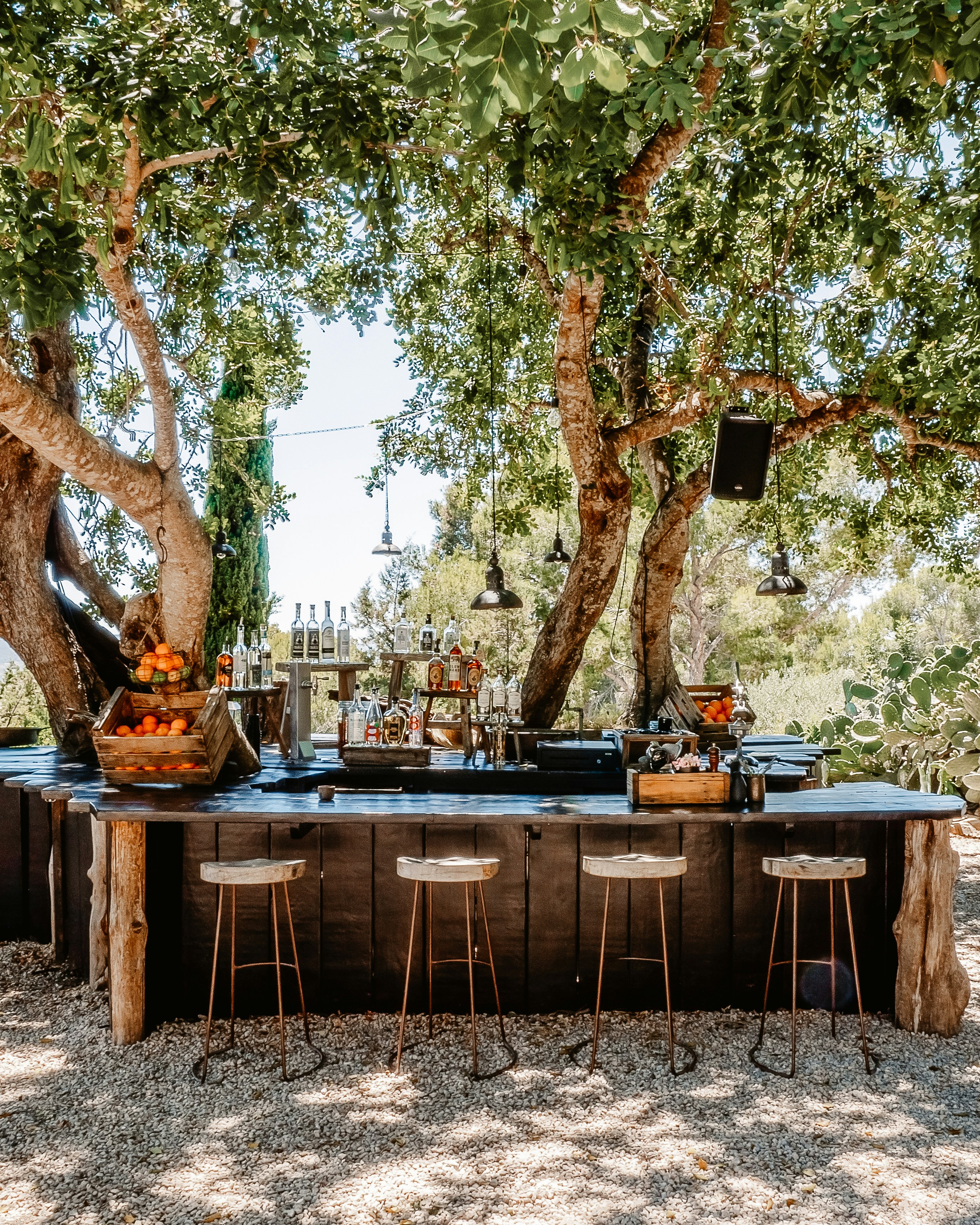Home Features
What is a Bungalow House?
A bungalow house is a style of residential architecture that originated in India and has become popular worldwide, known for its single-story design and distinctive features. Let's delve into the key characteristics, history, and appeal of bungalow houses in the realm of real estate.
Key Characteristics:
Single-Story Design:
One of the defining features of a bungalow is its single-story layout. Unlike multi-story houses, bungalows typically have all living spaces on a single level.
Low-Pitched Roof:
Bungalows often feature a low-pitched roof with wide eaves. The roof design is a distinguishing element that contributes to the overall aesthetic of the house.
Open Floor Plan:
Many bungalow houses embrace an open floor plan, with interconnected living spaces that flow seamlessly. This design promotes a sense of spaciousness and connectivity.
Wide Front Porch:
A bungalow frequently includes a wide front porch that serves as an outdoor living space. The porch can be an inviting feature, providing a place for relaxation and socializing.
Horizontal Emphasis:
Bungalows typically have a horizontal emphasis in their design, with a long, low profile that complements the surrounding landscape. This design choice often enhances the visual harmony of the house.
Functional and Cozy:
Bungalows are known for their efficient use of space. The design aims to create a cozy and comfortable living environment while maintaining functionality.
History and Evolution:
Origin in India:
The term "bungalow" is derived from the Hindi word "bangla," which means a house in the Bengal style. Bungalows were originally developed in India during the 19th century.
Popularity in the West:
Bungalow houses gained popularity in the Western world during the early 20th century, particularly in North America and Europe. The design was embraced for its simplicity, adaptability, and accessibility.
Arts and Crafts Movement:
The Arts and Crafts movement played a significant role in the popularity of bungalows. The movement emphasized craftsmanship, simplicity, and a connection to nature, aligning with the principles of bungalow design.
Appeal of Bungalow Houses:
Accessibility:
Bungalow houses are often favored for their accessibility, making them suitable for individuals of all ages. The absence of stairs is particularly appealing to those looking for a home with long-term livability.
Charming Aesthetic:
The charming and unassuming aesthetic of bungalow houses contributes to their timeless appeal. The wide front porch and low-slung rooflines create a welcoming and picturesque look.
Adaptability:
Bungalow design can easily be adapted to various architectural styles, allowing for customization and personalization. This adaptability has contributed to the enduring popularity of bungalow houses.
In summary, a bungalow house represents a distinctive and timeless architectural style known for its single-story layout, low-pitched roof, and charming aesthetic. Whether for their accessibility, adaptability, or historical significance, bungalow houses continue to capture the interest of homebuyers seeking a unique and cozy living space.




